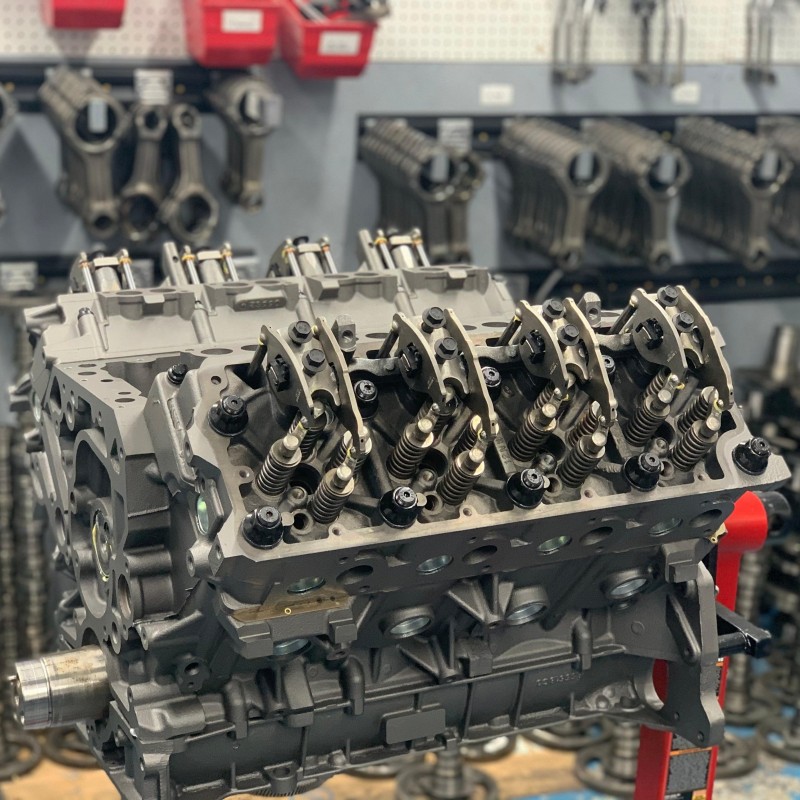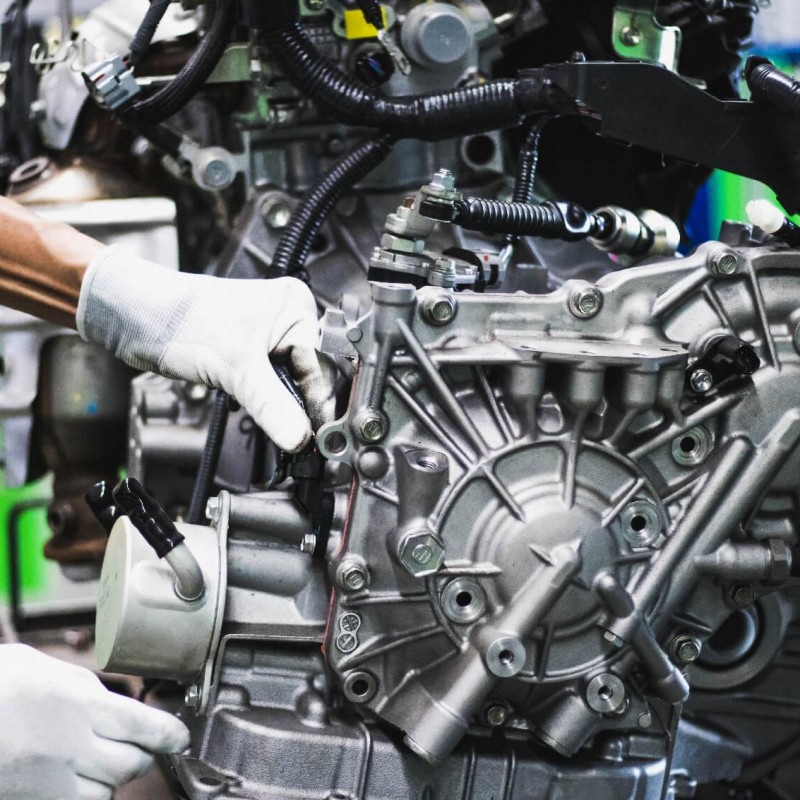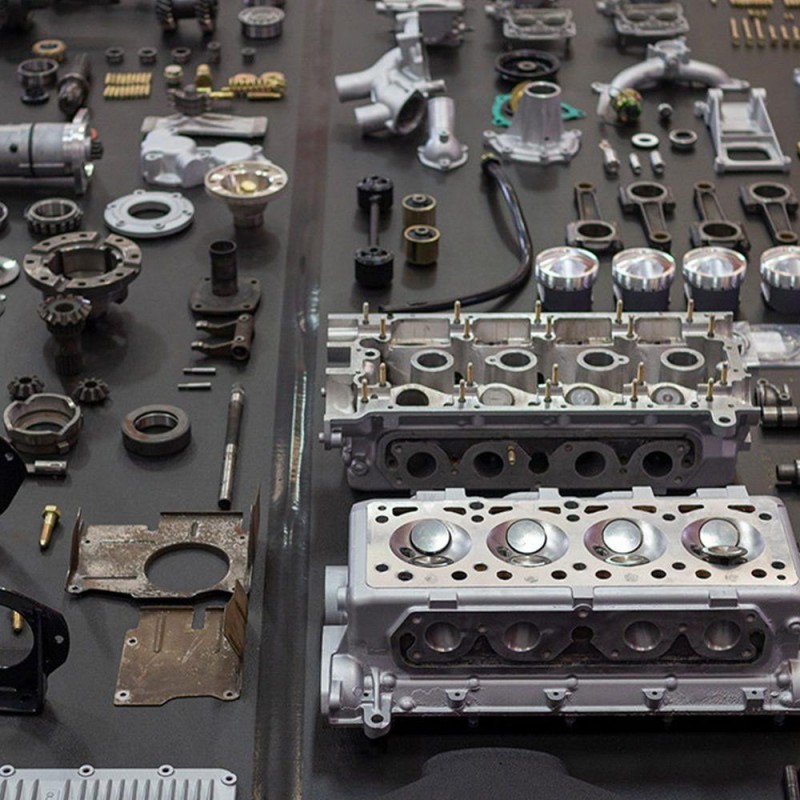Many small engine users have experienced the frustrating issue of gas in oil small engine problems. This situation often arises unexpectedly and can lead to a range of complications in engine performance, longevity, and overall efficiency. Small engines, commonly found in lawnmowers, chainsaws, and other outdoor power equipment, rely on a proper balance of gas and oil to function effectively. However, when gas contaminates the oil in a small engine, it can lead to serious operational issues, including performance drops and damage. Understanding the causes and effects of gas in oil small engine problems is crucial for owners and operators seeking to maintain their equipment optimally. This article will explore the types of small engines affected, the causes of gas in oil issues, preventative measures, and how to resolve these problems effectively.
The Basics of Small Engines
Before diving into the specifics of gas in oil small engine issues, it’s essential to understand what a small engine is and how it functions.
Definition of Small Engines
Small engines are typically classified as internal combustion engines with a displacement of less than 20 horsepower. Common examples include engines found in lawn and garden equipment, such as mowers, trimmers, and blowers, as well as equipment used for recreational purposes like generators, go-karts, and chainsaws.
Components of Small Engines
A small engine consists of several key components, including:
- Engine Block: This is the main structure of the engine, housing various parts.
- Piston: The piston moves up and down within the engine cylinder, compressing the air-fuel mixture.
- Crankshaft: This component converts the linear motion of the piston into rotational motion.
- Fuel System: Consists of the carburetor (or fuel injection system), which mixes fuel with air for combustion.
- Lubrication System: Contains the oil that lubricates internal engine components.
Understanding these components helps in recognizing how gas and oil interact within the engine, and why contamination can lead to performance issues.
How Gas Enters the Oil System
Now that we’ve defined small engines, let’s explore how gas makes its way into the oil system, leading to gas in oil small engine issues.
1. Faulty Fuel Systems
A malfunctioning fuel system often serves as the primary cause of gas leaking into the oil. Various factors may contribute to this:
- Carburetor Issues: If the carburetor offers improper fuel-air mixtures, fuel can overflow or leak into the oil sump, eventually contaminating the oil.
- Fuel Lines: Cracks or leaks in fuel lines can cause fuel to escape. If the fuel lines do not seal properly, fuel can enter areas of the engine where oil circulates.
2. Worn Piston Rings
Piston rings seal the gap between the piston and cylinder wall, maintaining combustion pressure. If these rings become worn or damaged, they may allow the fuel-air mixture to bypass the combustion chamber and seep into the crankcase, where it mixes with the oil.
3. Engine Overheating
Overheating can lead to various failures within a small engine, including:
- Gasoline Evaporation: Unused gasoline in the carburetor can vaporize under high temperatures. If gas vapor condenses into liquid form, it can escape into the crankcase.
- Softened Seals and Gaskets: Heat can cause rubber seals and gaskets to become soft and deformed, potentially leading to leaks that allow fuel to mix with oil.
4. Improper Storage
Storing equipment improperly can introduce gas into the oil system. For instance, if gas remains in the system during extended periods of disuse, it can break down and subsequently contaminate the oil.
Symptoms of Gas in Oil Small Engine Problems
Identifying gas in oil issues early can help mitigate potential damage to the small engine. Here are some typical symptoms to look out for:
1. Milky Oil
One of the first indicators of gas contamination in engine oil is a milky appearance. When gas mixes with oil, the oil loses its natural texture and becomes discolored, indicating that it is no longer performing its protective functions.
2. Poor Engine Performance
If you notice your small engine losing power, misfiring, or having difficulty starting, gas in the oil could be to blame. The engine may run erratically as the fuel delivery system struggles to maintain the proper air-fuel mixture.
3. Increased Oil Level
Another sign of gas in oil small engine problems is an increase in the oil level. If gas enters the crankcase, it raises the oil level, which can lead to overfilling. In turn, this can result in engine damage, as it causes foaming and reduced lubrication effectiveness.
4. Unpleasant Odor
If you detect a strong gasoline smell when checking the oil, it may indicate contamination. Gasoline has a distinct odor, and if it permeates the oil system, it should be addressed immediately.
5. Excessive Smoke
If your engine produces a significant amount of smoke from the exhaust, it may be due to oil contamination from gasoline. This smoke often appears white and may indicate that the engine is burning oil alongside fuel, leading to inefficiencies and increased wear.
Preventing Gas in Oil Issues
Preventing gas in oil small engine problems is essential for maintaining optimal performance. Here are several measures you can take:
1. Regular Maintenance
Frequent maintenance checks are vital for identifying potential issues early. Here are some fundamental maintenance practices:
- Oil Changes: Change the oil regularly to ensure a clean and efficient lubrication system. Replace it as per the manufacturer’s recommendations.
- Fuel System Cleaning: Clean the carburetor and fuel lines periodically, removing any debris or deposits that could lead to malfunctions.
2. Use Quality Fuel
Always use high-quality fuel and avoid mixing fuels that could lead to contamination. Additionally, consider using fuel stabilizers if you plan to store fuel for extended periods, as these products can help prevent breakdowns.
3. Store Properly
When storing small engines, follow these guidelines:
- Empty the Fuel Tank: Before long-term storage, remove any existing fuel from the tank to prevent deterioration.
- Drain the Carburetor: Run the engine until it consumes the residual fuel in the carburetor, ensuring no gas is left to evaporate and contaminate the oil.
4. Inspect Gaskets and Seals
Regularly check seals and gaskets for wear and replace them if necessary. Ensuring your engine remains sealed properly can prevent leaks that may lead to gas entering the oil.
Troubleshooting Gas in Oil Problems
If you suspect gas contamination in your small engine oil, follow these troubleshooting steps to identify and address the issue:
1. Check the Oil
Begin by checking the condition of the oil. If you notice a milky appearance or a strong gasoline odor, it likely indicates contamination.
2. Inspect the Fuel System
Examine the carburetor and fuel lines for leaks or issues. Pay special attention to hose connections, clamps, and the carburetor itself for signs of malfunction.
3. Look for Piston Ring Damage
If the fuel system checks out, consider inspecting the piston rings. A failure of these components can cause gas to slip into the crankcase. If you’re comfortable with engine disassembly, you can check the piston ring condition; otherwise, consult a technician.
4. Assess Engine Temperature
If operating temperatures are excessively high, determine the cause. Overheating can lead to various failures, including the issues that introduce gas into the oil system. Evaluate the cooling system and ensure it operates correctly.
Repairing Gas in Oil Damage
If gas contamination has caused damage, the following repairs may be necessary:
1. Oil Change
Start with an oil change to remove the contaminated oil from the crankcase. Use high-quality oil that meets or exceeds the manufacturer’s specifications.
2. Clean the Fuel System
Thoroughly clean the entire fuel system, including the carburetor, fuel lines, and tank. This process will help remove any contaminants that could lead to further issues.
3. Replace Worn Components
Inspect and replace any damaged components, such as seals, gaskets, or piston rings, as necessary. Addressing wear and tear promptly can prevent future gas-in-oil problems.
4. Seek Professional Help
If the problem results in extensive engine damage or if you’re unsure about diagnosing and repairing the issue yourself, don’t hesitate to seek professional assistance. A qualified small engine technician can help identify and repair complex issues, ensuring your equipment operates efficiently.
Conclusion
Understanding the dynamics between fuel and oil in small engines is essential for proper maintenance. Gas in oil small engine issues can disrupt performance, lead to costly repairs, and negatively affect the lifespan of your equipment. By recognizing the signs of gas contamination, knowing where problems arise, and taking appropriate preventative measures, you can mitigate these risks effectively.
Prioritizing regular maintenance, using high-quality fuel, and following best practices for storage will help prevent the issues associated with gas in oil contamination. Understanding how to troubleshoot and repair damage allows engine owners to address problems swiftly, ultimately leading to better performance and increased satisfaction.
The best strategy is to remain vigilant, proactive, and informed. With the right knowledge and preventative steps, you can keep your small engines running smoothly, ensuring that they function reliably whenever you need them.
Tags: engine repair advice, fuel system troubleshooting, Gas in Oil Small Engine, Small Engine Maintenance